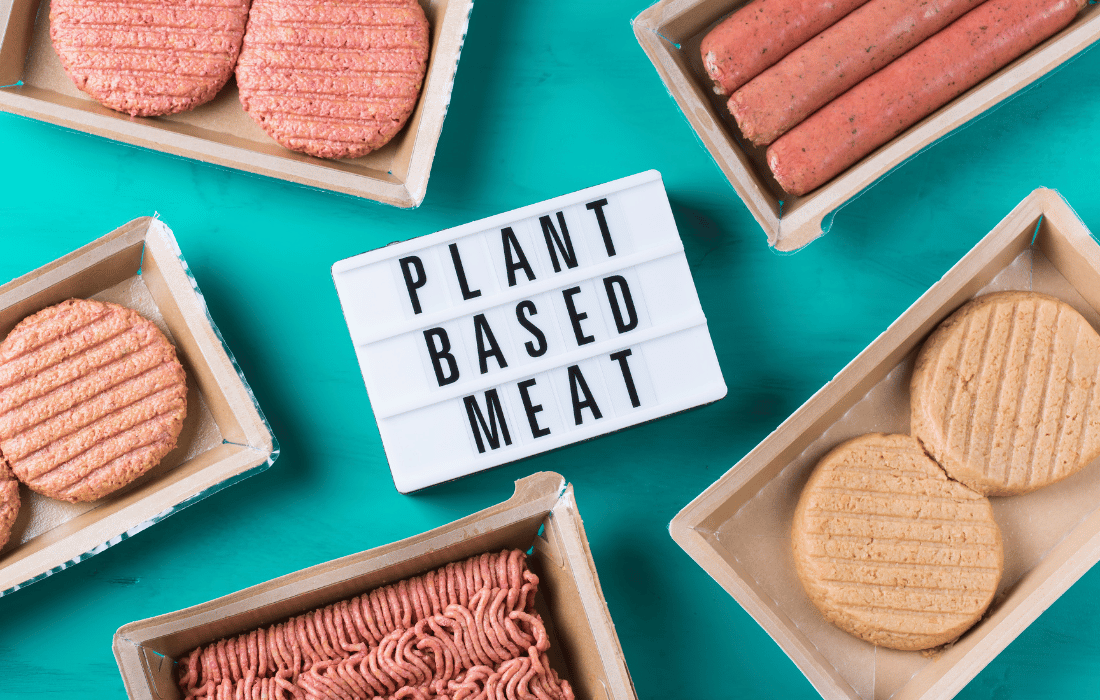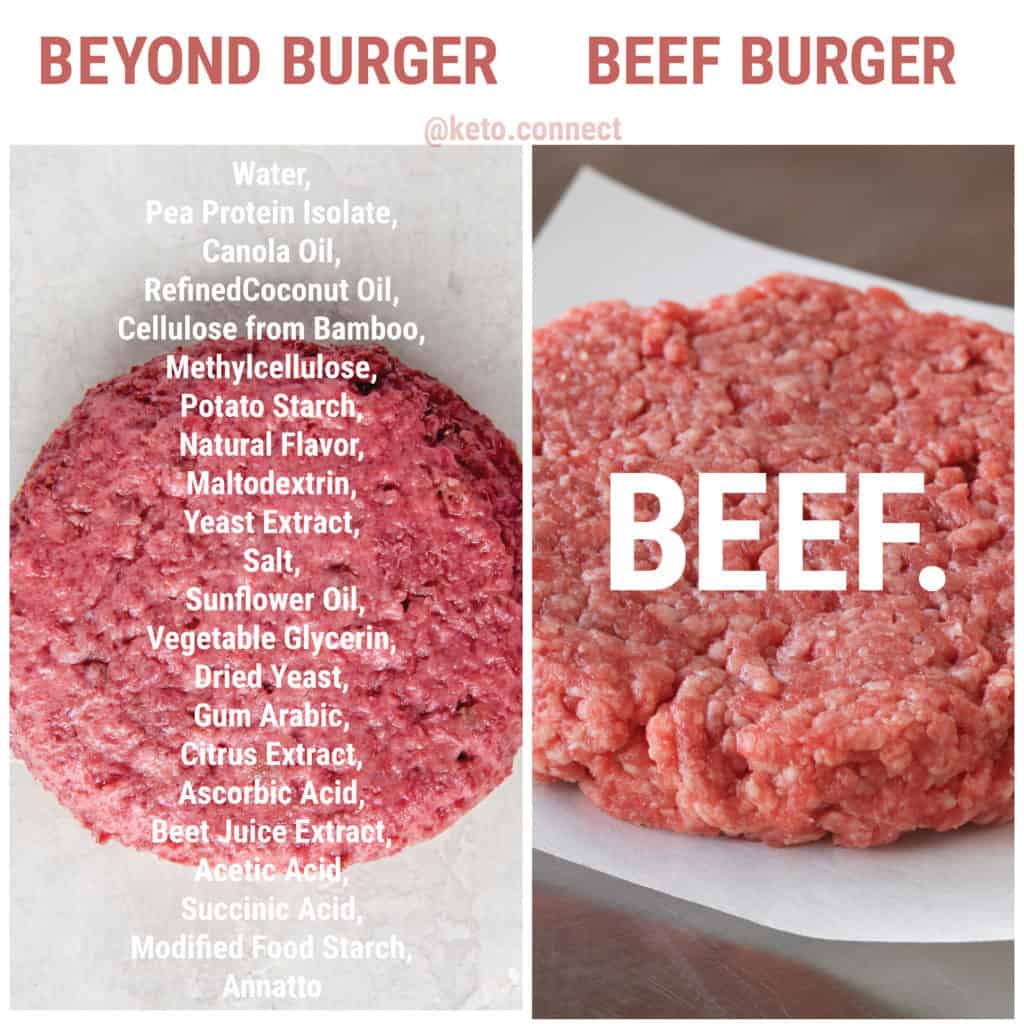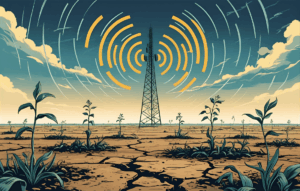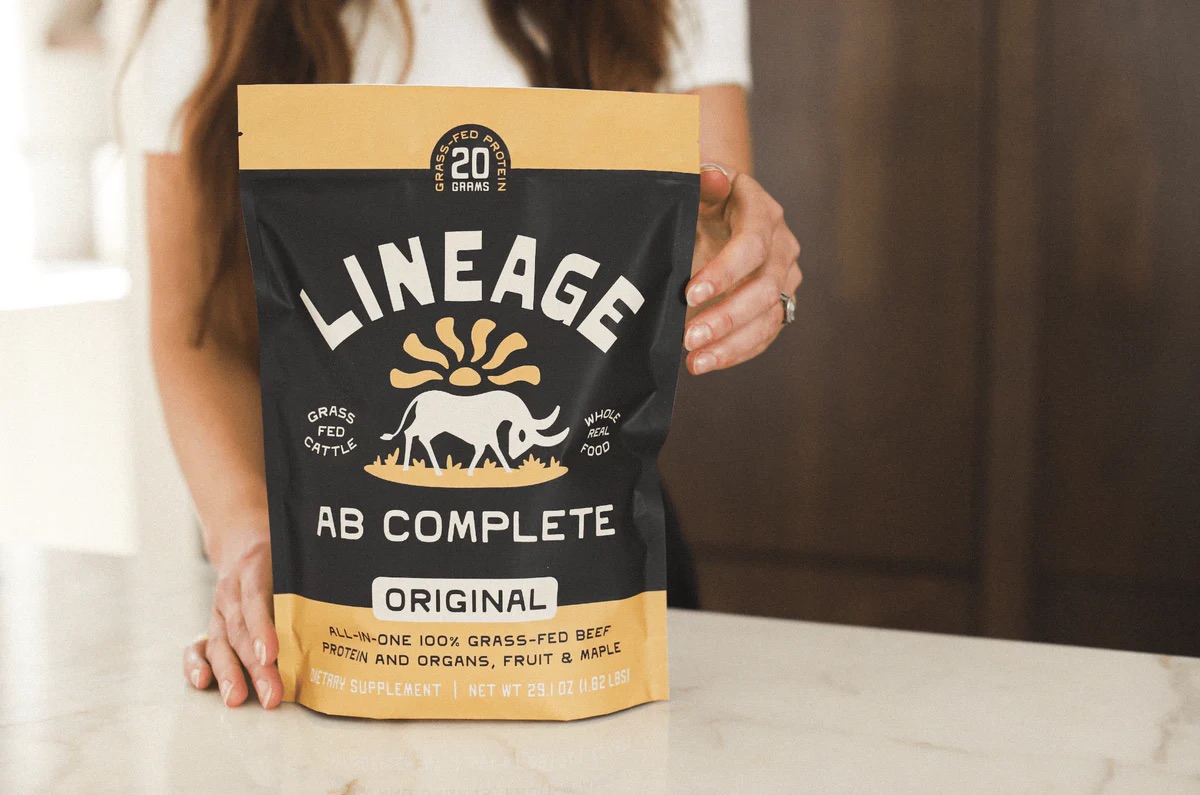A World of Processed Foods: My Personal Experiment with Veganism
A few years ago, I embarked on a journey that I thought would revolutionize my health—going vegan. My motivation was not just a trendy lifestyle choice but a serious attempt to heal my body from within, particularly to combat the persistent lipoma cysts that had troubled me for years. Like many, I was drawn to the promise of a plant-based diet, convinced by the health and environmental benefits it seemed to offer.
For a year, I committed to a vegan lifestyle, focusing on high-quality, organic fruits and vegetables. I steered clear of processed foods and tried to avoid fake meats, though the convenience of these substitutes occasionally won out. Especially those “Gardein chicken wings” from Yardhouse. Despite my efforts, as time went on, I noticed an unsettling decline in my energy and strength. The lipoma cysts I had hoped to banish remained stubbornly in place, and my overall vitality waned. I also experimented with extreme diets like an all-grape diet for over a month inspired by the book The Grape Cure, but even this drastic approach failed to yield the results I desired.
Ultimately, my journey led me to a simple truth: real, unprocessed foods, especially those rich in animal fats and proteins, are irreplaceable when it comes to nourishing the body. Veganism might work for some when supplemented properly, but my experience showed me that it’s not a one-size-fits-all solution—especially not when it includes processed, fake meats. And as I soon discovered, the problems with fake meat run far deeper than their lackluster health benefits.
The Fake Meat Industry: A Chemical Cocktail in Disguise
What’s Really in Your Fake Meat?
Fake meat products are often marketed as a healthier, more sustainable alternative to traditional animal products. But a closer look at their ingredients reveals a concoction of highly processed components, many of which are far from natural.
One of the most common ingredients in fake meat is soy protein isolate, a heavily processed form of soy that’s stripped of most of its nutritional value during production. Similarly, pea protein isolate is frequently used to boost protein content, but it, too, undergoes extensive processing. The result is a product that may look like meat but lacks the complete nutrition that real meat provides.
In addition to these protein isolates, fake meat products often contain a host of additives and preservatives designed to mimic the taste, texture, and appearance of real meat. Chemicals like methylcellulose, a thickening agent, and various artificial flavors and colors are commonly added to enhance the product’s appeal. While these additives may help create a convincing meat substitute, they come with potential health risks. Studies have linked some of these chemicals to digestive issues and inflammatory responses.
The Health Risks: What They’re Not Telling You
The fake meat industry likes to tout its products as healthier alternatives to real meat, but the truth is that these products can pose significant health risks. The extensive processing involved in creating fake meat strips away essential nutrients, leaving behind a product that is nutritionally inferior to natural, whole foods.
Moreover, many fake meats are high in sodium and unhealthy fats, making them far from the healthy foods they’re often portrayed as. For people with conditions like high blood pressure or heart disease, consuming these products could exacerbate their issues.
But perhaps the most concerning aspect is the use of genetically modified ingredients in fake meats, particularly in the production of heme iron—a component of hemoglobin that gives meat its distinctive flavor. Some companies use genetically modified yeast to produce heme, but the long-term effects of consuming this synthetic substance are still largely unknown.
Why Plant-Based Meat Exists: The Craving for Real Meat
Plant-based meat products exist because, at our core, humans are genetically wired to crave meat. For thousands of years, meat has been a crucial part of the human diet, providing essential nutrients that have supported our survival and evolution. Even when someone chooses a vegan lifestyle, the deep-seated craving for a juicy burger or a stack of ribs doesn’t just disappear—it’s ingrained in our biology.
This is where plant-based meat alternatives come in. These products are designed to satisfy that primal urge for meat, offering a substitute that resembles the taste and texture of the real thing. But while these alternatives might seem like a convenient solution, they are ultimately a far cry from the nutritional richness of genuine meat.
Fake meat companies are well aware of this biological craving and have capitalized on it. They create products made from wheat gluten, soybeans, canola oil, and a host of other synthetic ingredients, including preservatives and binders, to replicate the experience of eating meat. However, these substitutes lack the complete nutritional profile of real meat and are often loaded with unhealthy additives.
3D-Printed Meat: A New Frontier or a Step Too Far?
The Rise of 3D-Printed Meat
If you thought fake meat was the end of the line, think again. The latest development in the food industry is 3D-printed meat—a product that sounds like science fiction but is becoming a reality. In a recent breakthrough, scientists in Japan successfully 3D-printed a cut of Wagyu beef, known for its luxurious marbling and tenderness. Using stem cells from Wagyu cows, the researchers were able to replicate the intricate structure of muscle, fat, and blood vessels, creating a product that looks astonishingly similar to the real thing.
But while the technology is impressive, it raises serious questions about the future of our food. What kind of world are we coming to when our food is printed layer by layer in a lab? The idea of 3D-printed meat challenges not just our culinary traditions but also our understanding of what food should be. While proponents argue that this technology could reduce reliance on livestock and lower greenhouse gas emissions, the long-term implications of consuming lab-grown meat remain unknown.
What’s the Catch? The Risks of Lab-Grown Meat
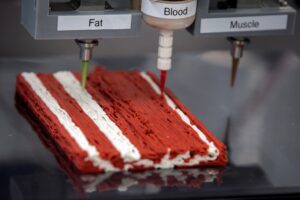
Like fake meat, 3D-printed meat is being marketed as a sustainable alternative to traditional animal products. However, the high cost of production and the lack of regulatory oversight mean that it’s still far from being a viable option for the average consumer. Additionally, the environmental impact of producing lab-grown meat is not as clear-cut as its proponents would have us believe. The energy required to produce, package, and distribute these products could offset any potential environmental benefits.
Moreover, there are significant health concerns associated with consuming lab-grown meat. While the technology is still in its infancy, the potential for unintended consequences—ranging from nutritional deficiencies to unforeseen health issues—cannot be ignored. The fact that no one has yet tasted the 3D-printed Wagyu beef only adds to the uncertainty surrounding this new frontier in food production.
The Hidden Agenda: Control, Profit, and Misleading Narratives
The Environmental Myth: Is Fake Meat Really Sustainable?
One of the biggest selling points of fake meat is its supposed environmental benefits. Proponents argue that it has a lower carbon footprint than traditional livestock farming and that it’s a more sustainable choice for feeding the growing global population. But is this really true?
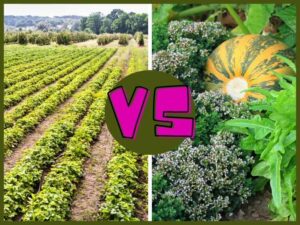
The production of fake meat relies heavily on industrial agriculture, particularly monoculture farming, where a single crop is grown extensively across large areas of land. This type of farming depletes soil health, leads to the loss of biodiversity, and requires large amounts of chemical fertilizers and pesticides. The environmental impact of monoculture farming can be devastating, contributing to soil erosion, water pollution, and the decline of pollinators such as bees.
Moreover, the processing and transportation of fake meat products are energy-intensive, often negating any supposed environmental benefits. The energy required to produce, package, and distribute these products can be comparable to, if not greater than, that of traditional meat production.
In reality, the most sustainable choice is not fake meat but rather regenerative agriculture—a practice that focuses on restoring soil health, promoting biodiversity, and raising animals in a way that mimics natural ecosystems. Grass-fed and pasture-raised animals play a vital role in these systems, helping to sequester carbon, improve soil fertility, and support healthy ecosystems.
The War on Cows: The Myth of “Cow Farts” and Environmental Destruction
In recent years, cows have become a scapegoat for environmental degradation, particularly when it comes to the issue of climate change. Globalists and environmental activists have pointed to “cow farts”—more accurately, methane emissions from cattle—as a major threat to the planet, claiming that livestock farming is unsustainable and harmful to the environment.
But this narrative is both misleading and incomplete. While it’s true that cattle produce methane, a potent greenhouse gas, the role of cows in the environment is far more complex and beneficial than these simplified claims suggest.
Cows, when raised properly on pasture, play a critical role in maintaining healthy ecosystems. Through a practice known as rotational grazing, cows can actually help sequester carbon in the soil, improve soil fertility, and promote biodiversity. This method of farming mimics natural grazing patterns, where animals move across the landscape, allowing grasses and other plants to recover and thrive. The result is healthier soil that can store more carbon, reducing the overall impact of methane emissions.
Furthermore, cows provide high-quality nutrition that is difficult to obtain from plant-based sources alone. Grass-fed and grass-finished beef, in particular, is rich in essential nutrients, including omega-3 fatty acids, conjugated linoleic acid (CLA), and vitamins like B12 and K2. These nutrients are vital for human health and are not easily replaced by plant-based alternatives.
The push to vilify cows and promote fake meat as an environmentally friendly alternative ignores the many benefits that cattle bring to both our diets and the planet. Instead of demonizing cows, we should focus on promoting sustainable farming practices that enhance the natural role of livestock in our ecosystems.
The Corporate Control: Who Really Benefits from Fake Meat?
Another troubling aspect of the fake meat industry is the level of corporate control behind it. The industry is dominated by a few large companies that have significant financial interests in promoting these products. These corporations have invested heavily in marketing campaigns designed to convince consumers that fake meat is not only healthier but also an ethical and sustainable choice.
But as we’ve seen, the reality is far more complex. These companies stand to profit immensely from the widespread adoption of fake meat, but their financial gains come at the expense of public health, environmental sustainability, and food sovereignty.
By promoting fake meat as the solution to the world’s problems, these corporations are pushing a narrative that serves their own interests rather than the interests of consumers. The result is a food system that is increasingly dependent on highly processed, patented products, with consumers paying the price in terms of their health and well-being.
The Ultimate Goal: Control Over the Food Supply
At the heart of the fake meat movement is a deeper, more insidious agenda: the push towards lab-grown and heavily processed foods as a means of controlling the food supply. By moving away from traditional farming and animal husbandry, these corporations aim to create a food system that is entirely dependent on their technologies.
This level of control over the food supply has serious implications for food security and sovereignty. By relying on patented technologies and highly processed foods, consumers become increasingly dependent on a few large corporations for their sustenance. This concentration of power in the hands of a few companies raises concerns about the long-term sustainability and fairness of the global food system.
Moreover, the push towards lab-grown and fake meats could have far-reaching consequences for public health. These products are often high in processed ingredients and chemical additives, with unknown long-term effects on human health. As we’ve seen with other heavily processed foods, the impact on public health could be disastrous, leading to a rise in chronic diseases and other health problems.
Conclusion: Choosing Real Food in a Fake Food World
As I reflect on my journey through veganism and my experiences with fake meat, I’ve come to appreciate the importance of real, unprocessed foods. While the promise of plant-based diets and meat substitutes may be appealing, the reality is that these products often fall short of their claims.
In a world where corporate interests and misleading narratives increasingly dictate food choices, it’s more important than ever to return to the wisdom of nature. By choosing real, unprocessed foods, we can support our health, protect the environment, and take back control of our food system.
So the next time you’re faced with the choice between a fake meat burger and a juicy, grass-fed steak, remember that one is a product of nature’s wisdom, and the other is a product of synthetic corporate greed. Choose wisely.

